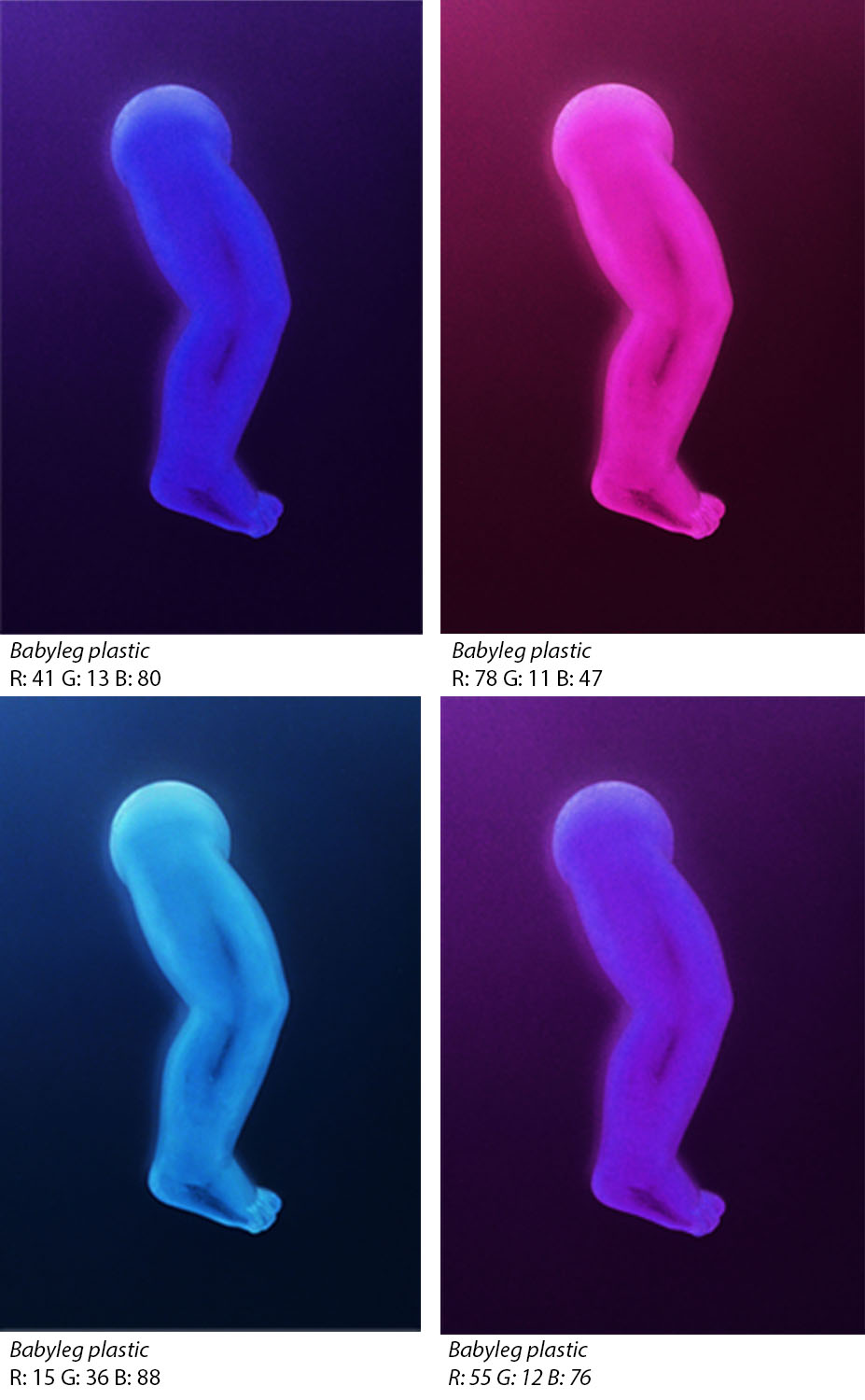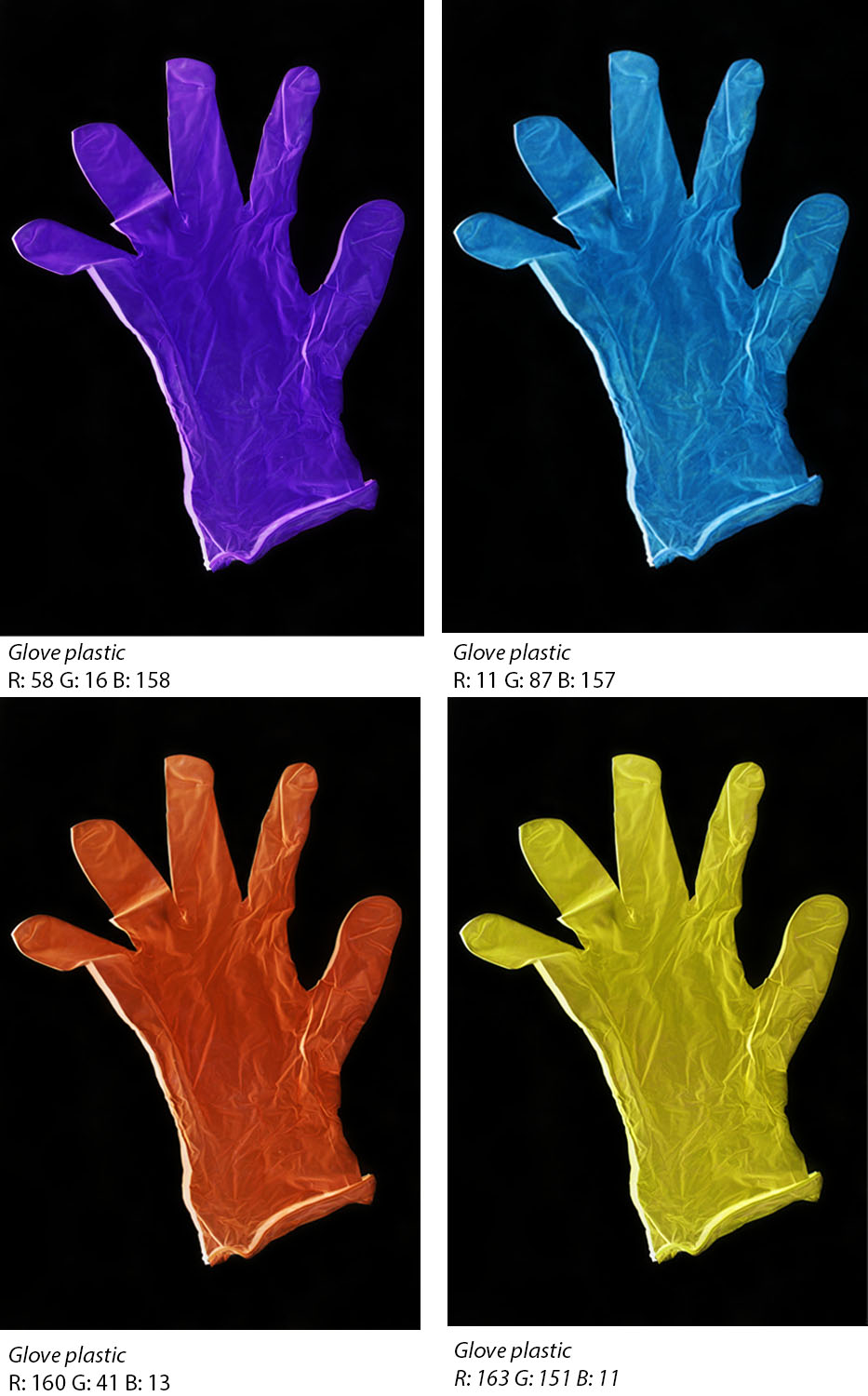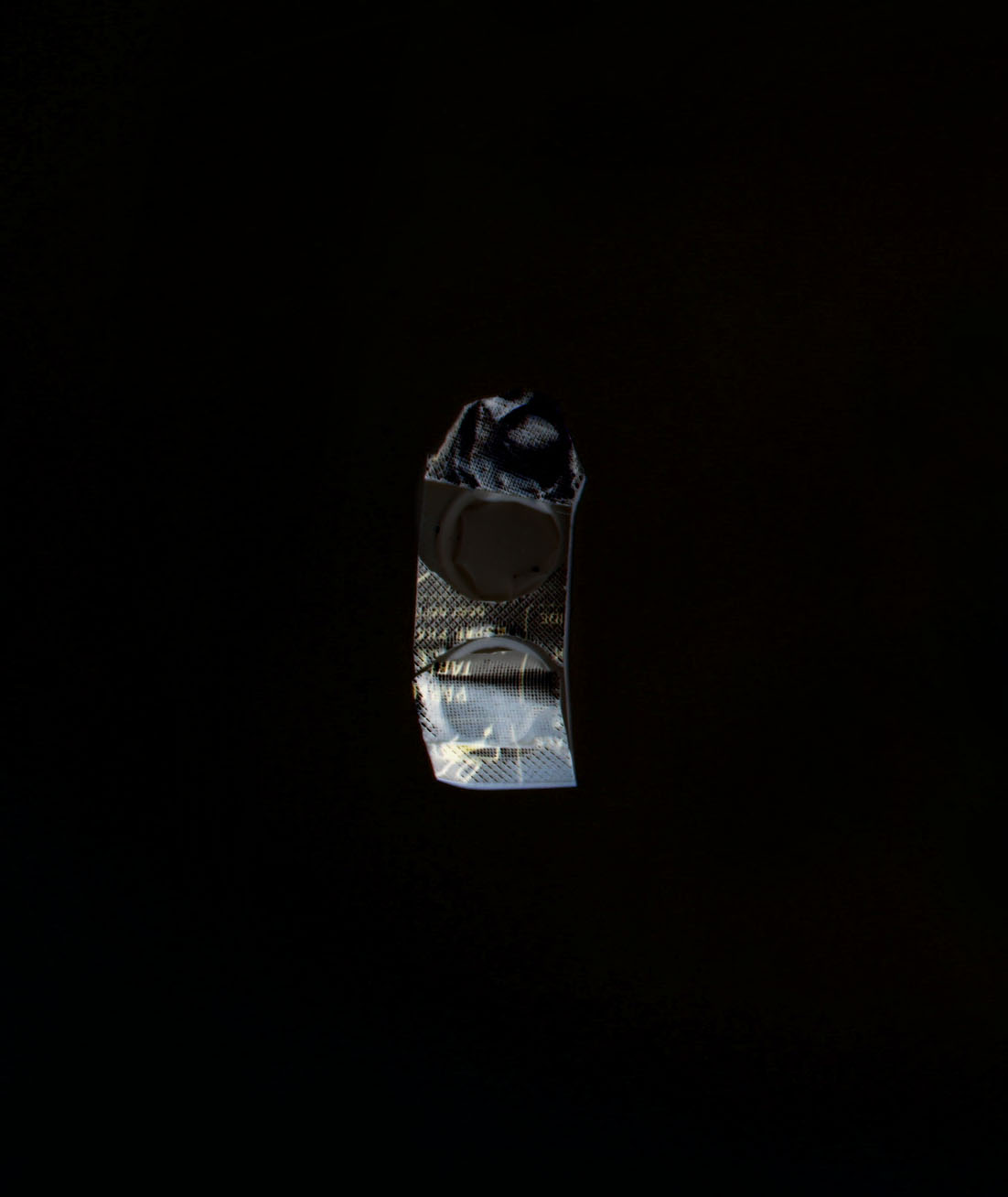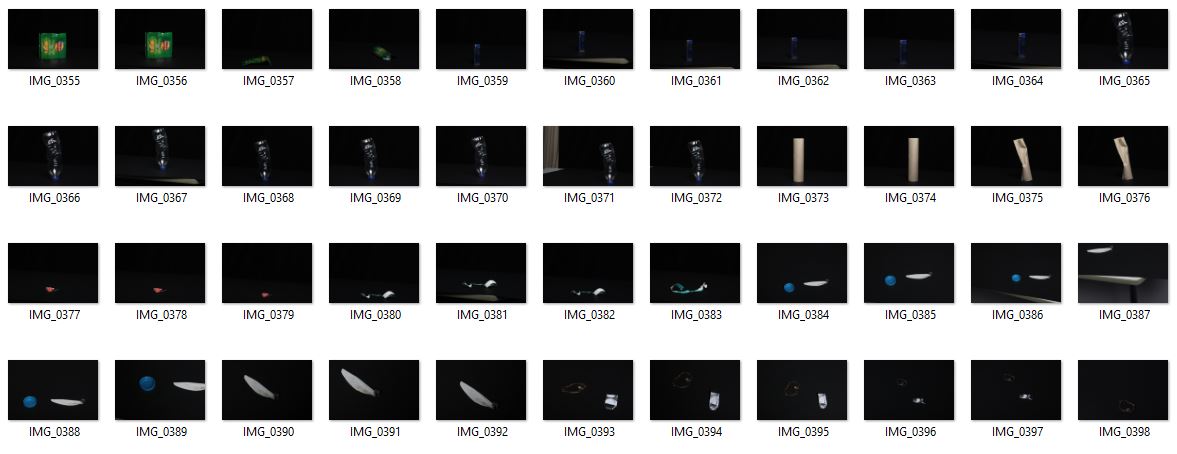
The Tears of Things (Objects from a Rubbish Tip), 1990-91, colour photographs, selection

Howler’s Hill, 1987-88, colour photographs, selection
Keith Arnatt uses his minimalistic style in ‘The Tears Of Things’ to capture items from a rubbish tip with an aesthetic that forces the viewer to think deeper than the object in the image. It provides questions such as the dangers on the environment as well as who the items belonged to and why they were thrown away.
‘Howlers Hill’ is primarily a study of split plastic bags, in which their decaying products emerge from. The natural lighting shows that these images were taken in an outside environment. As the bags split under pressure from their environment, either by the weight of loads placed upon them or natural decay, the contents fall out & are on display for all to see. The fragility of the bag could be seen as a metaphor or Sign for our own lives & inner burdens which threaten to burst open under the slightest extra load.
Image Analysis

In this series, Keith Arnatt captures items found in a rubbish tip, specifically in this image a disposed plastic baby.
The phrase “The Tears of Things” translates from the Latin phrase “Lacrimae rerum” which means the burden human beings have to bear, ever present frailty and suffering, is what defines the essence of human experience. Arnatt uses this phrase to describe the effect we have on our environment.
He places the item in the center of the frame, forming a vignette around the sides by using a tungsten spotlight. This reflects a minimalist style by using a simple black background. He uses a low aperture in order to focus the forefront of the item, the rest disappearing into a dark blur in the background.
The simplicity of images in this series come as part of the conceptual movement, which Arnatt was such a big part of. Conceptual artists recognize that all art is essentially conceptual. In order to emphasize this, many Conceptual artists reduce the material presence of their work to an absolute minimum. Conceptual artists were influenced by the brutal simplicity of Minimalism, but they rejected Minimalism’s embrace of the conventions of sculpture and painting as mainstays of artistic production. For Conceptual artists, art does not need to look traditional or even take any physical form at all.




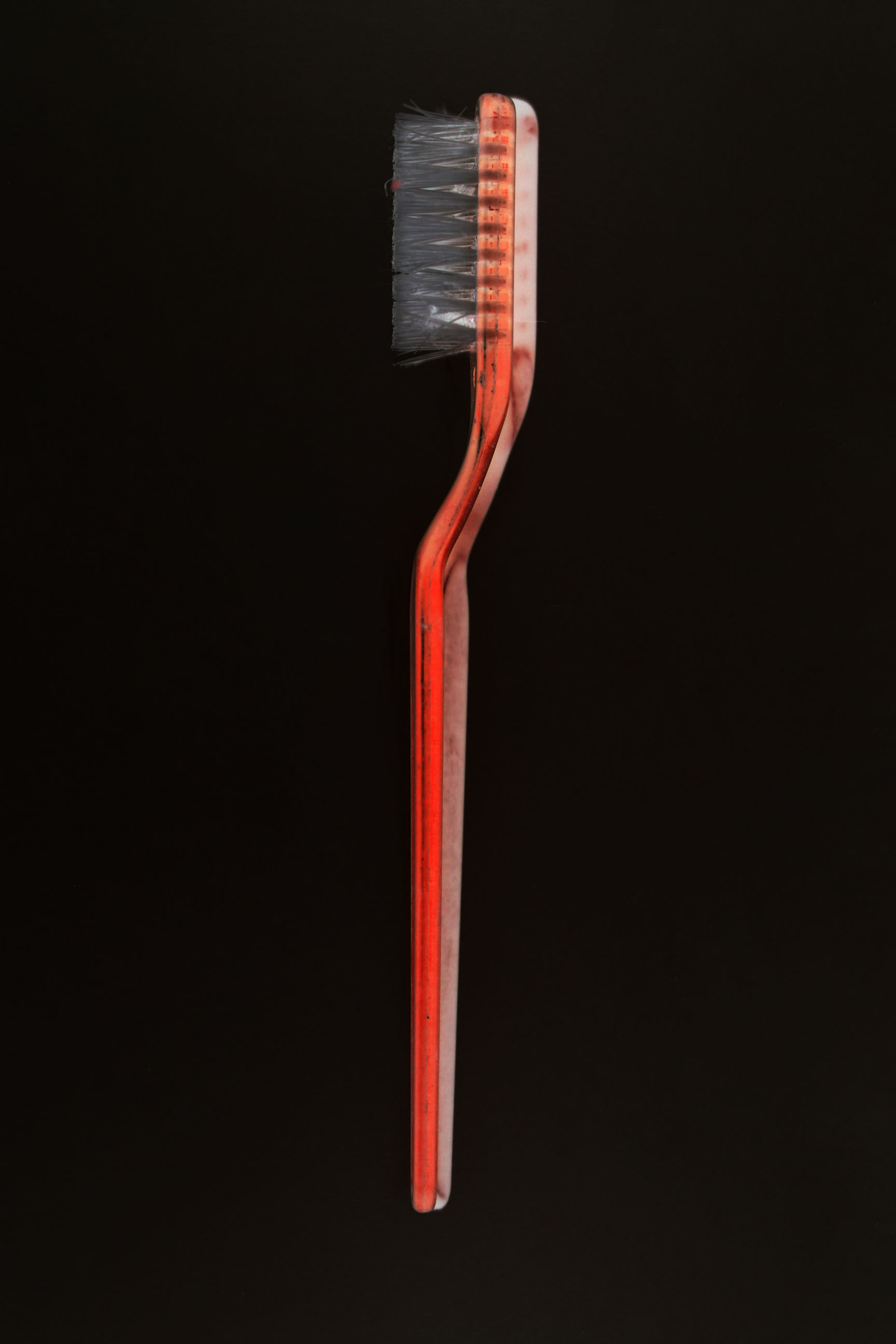 This is one of my favourite images as it is minimalistic yet powerful due to the strong presence of colour in the centre of the image. This occurred due to the use of flash when taking my images. The white paper had turned black after inverting the image. The toothbrush represents a lifestyle of disposable items, used a few times before being thrown away, in some cases not being recycled and ending up in the environment.
This is one of my favourite images as it is minimalistic yet powerful due to the strong presence of colour in the centre of the image. This occurred due to the use of flash when taking my images. The white paper had turned black after inverting the image. The toothbrush represents a lifestyle of disposable items, used a few times before being thrown away, in some cases not being recycled and ending up in the environment.
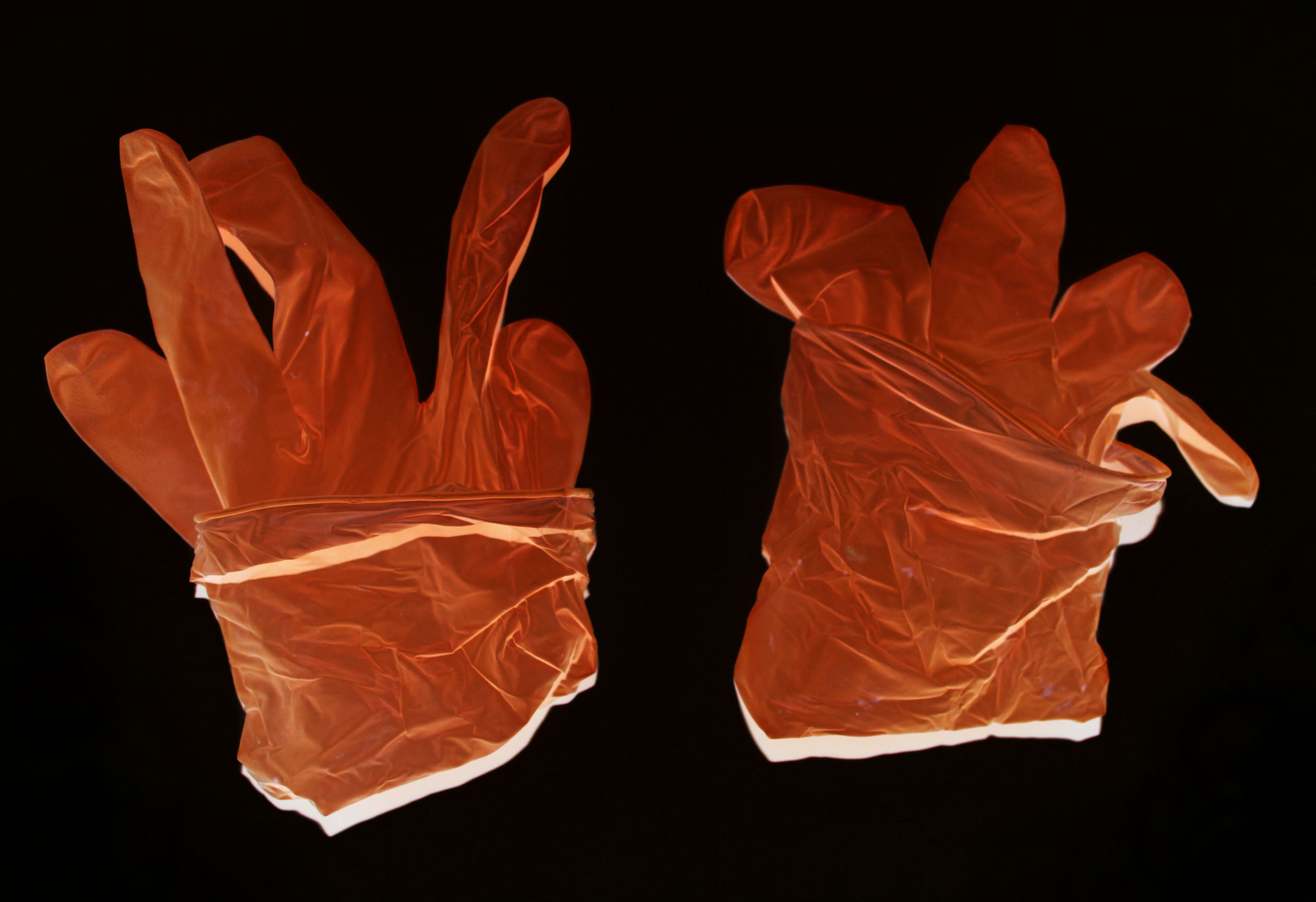





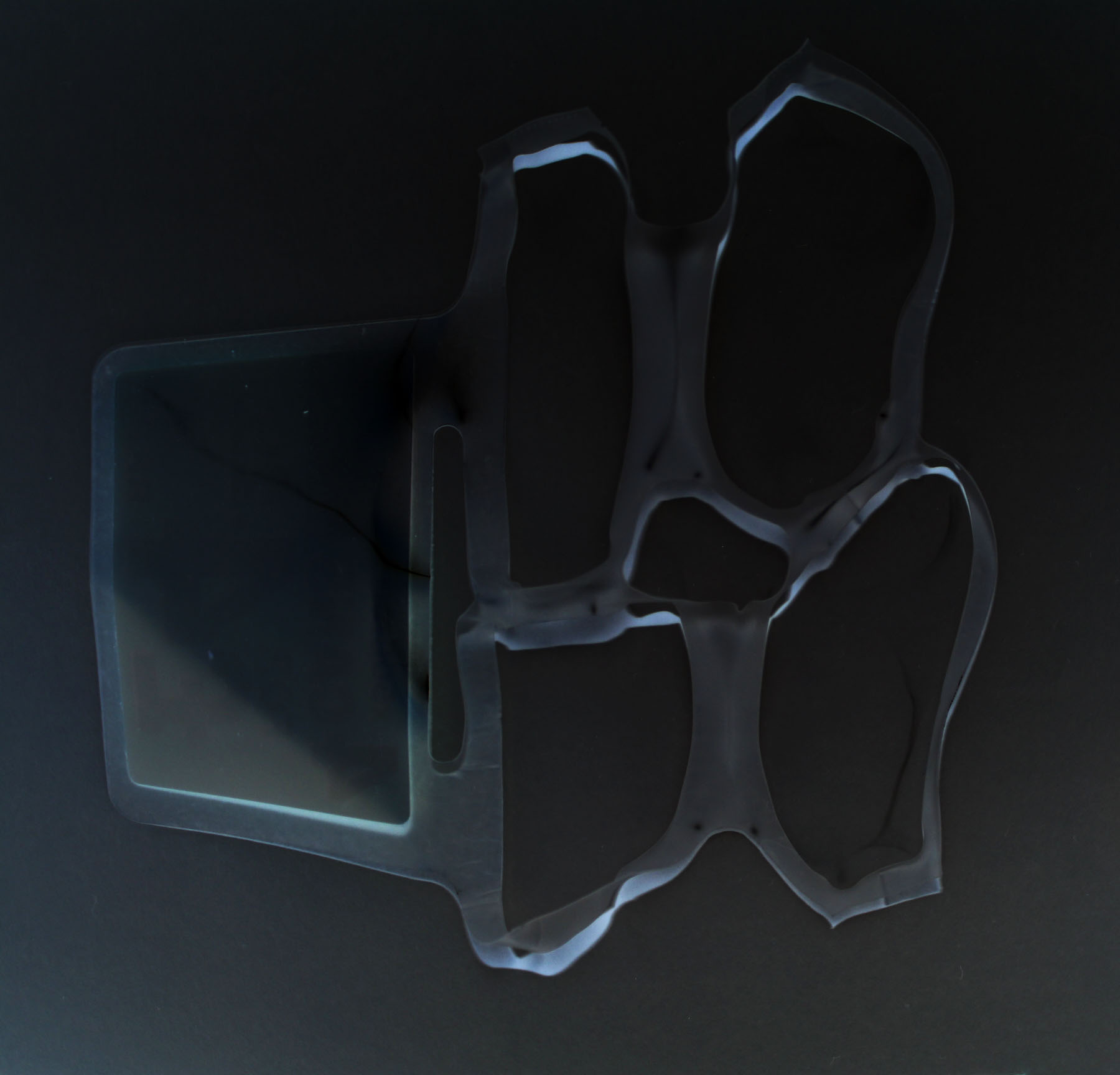
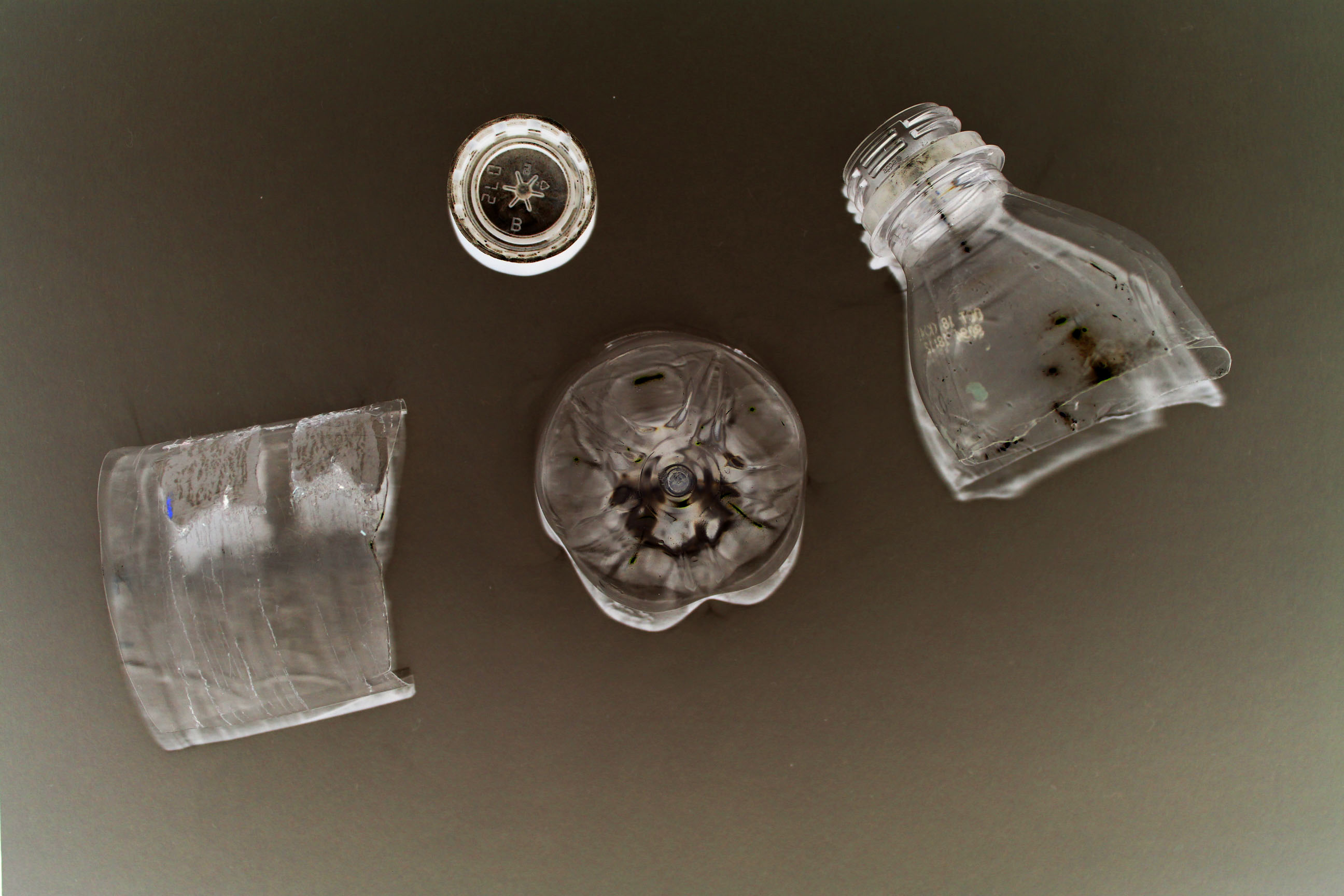
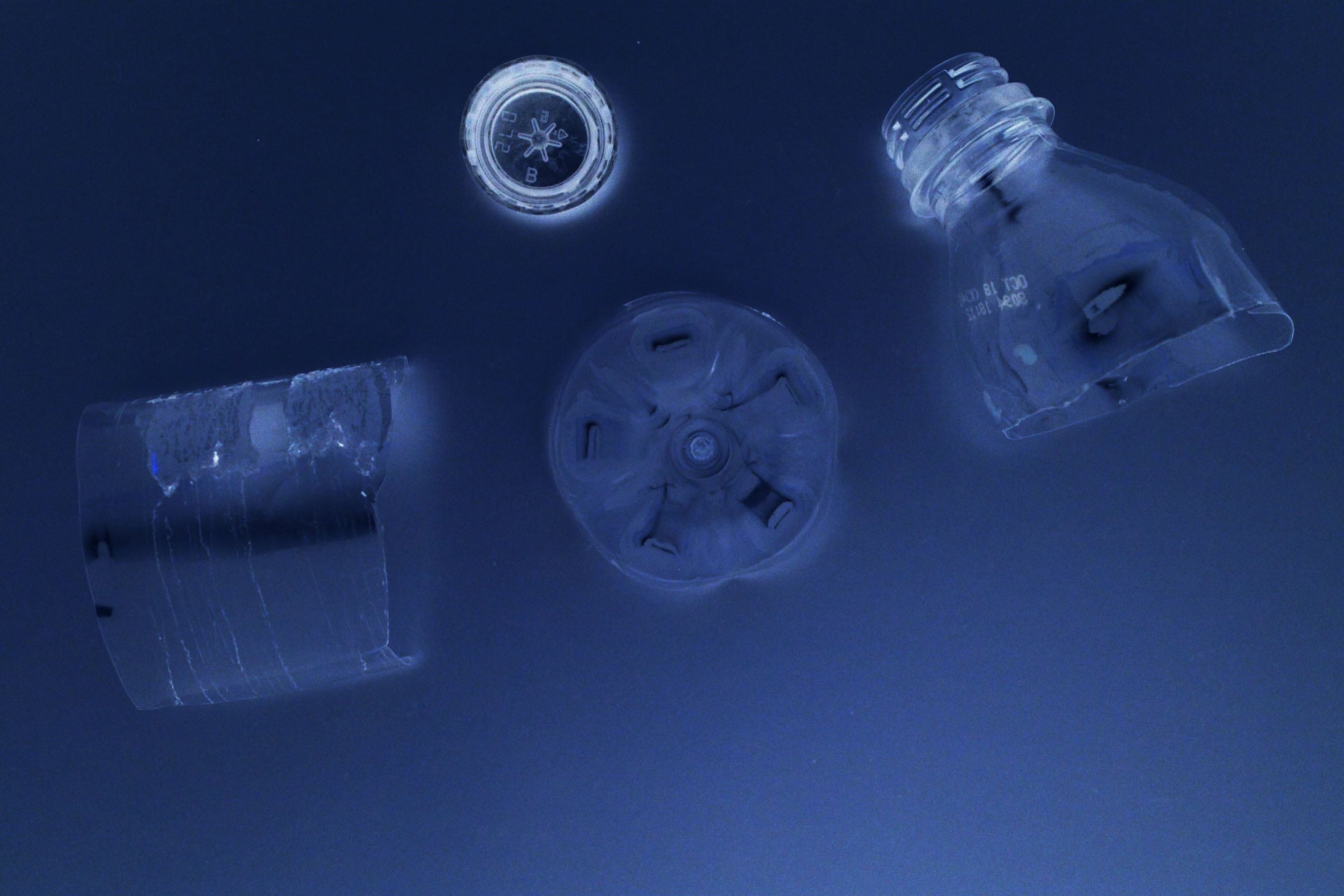 The negative space in these images gives an ocean-like effect, ironically being filled with plastic items.
The negative space in these images gives an ocean-like effect, ironically being filled with plastic items.